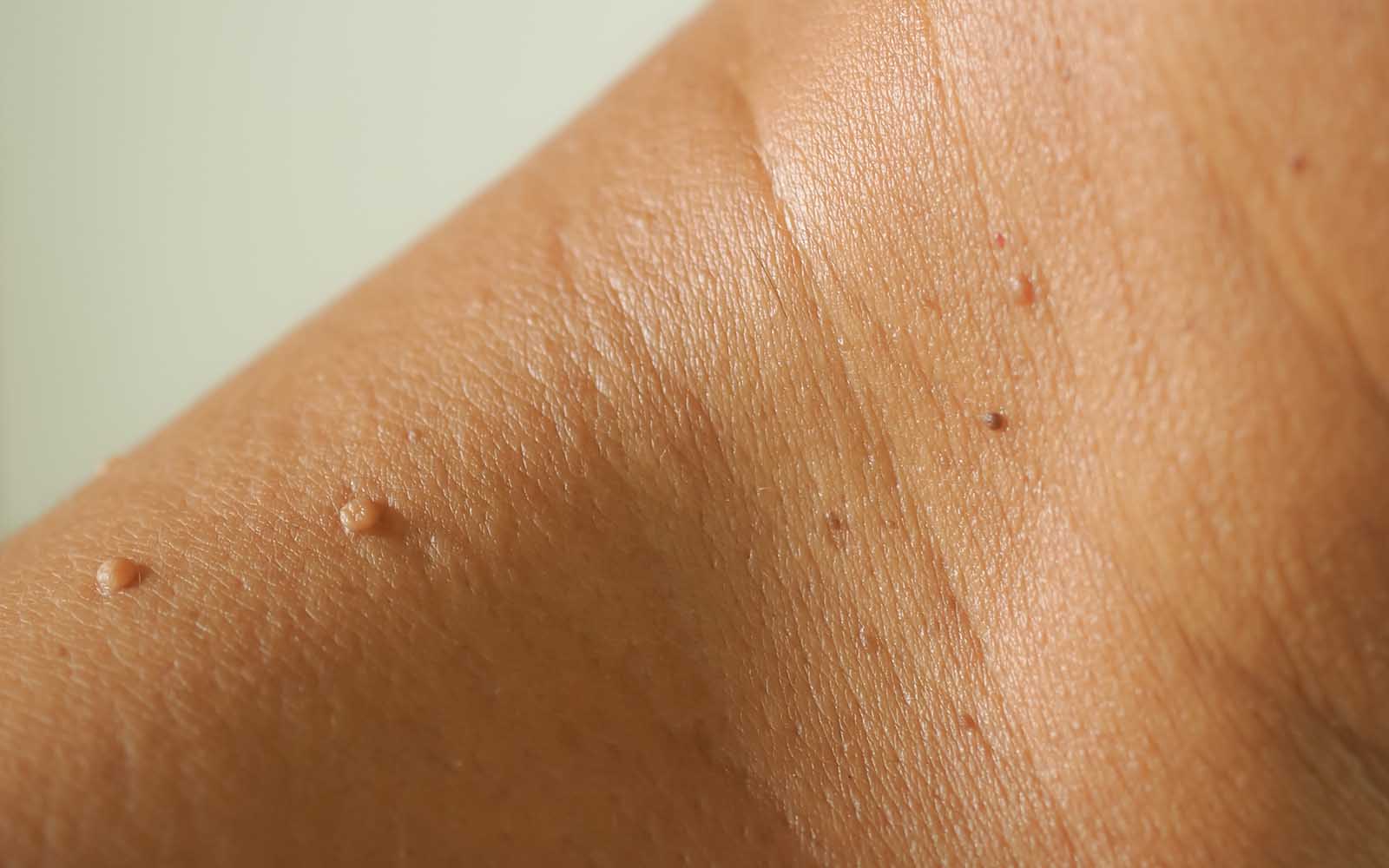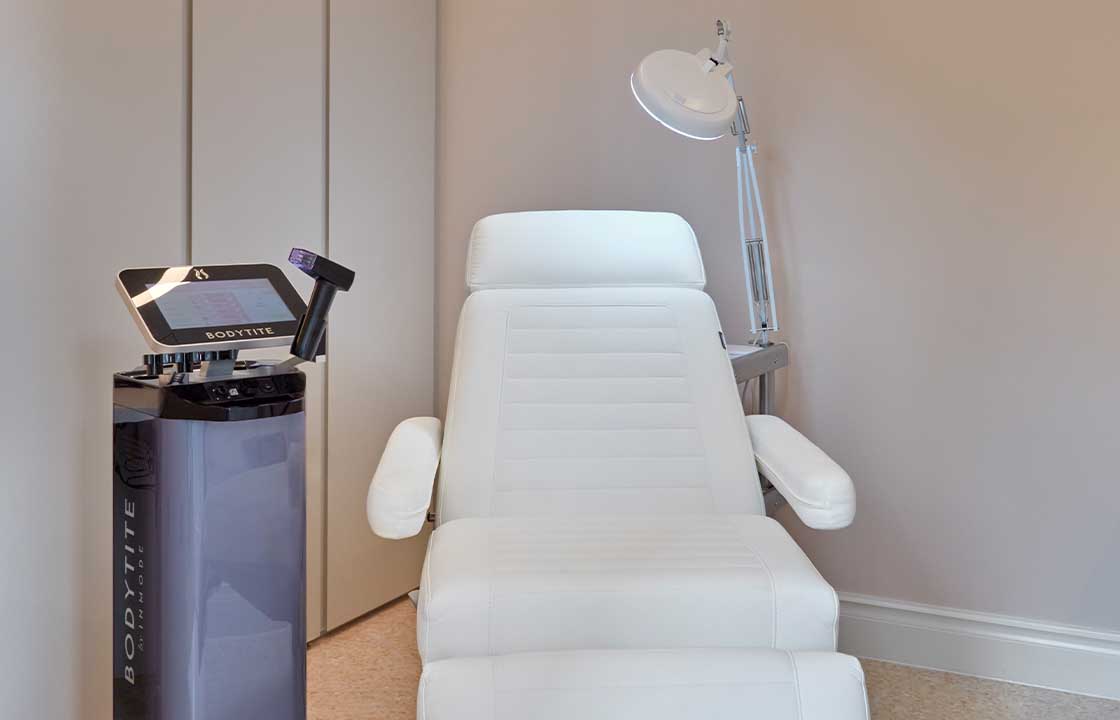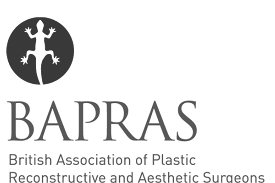-
What are skin tags?
Skin tags are small, harmless growths that commonly develop on the skin. These growths are usually flesh-coloured, or slightly darker, and often found in areas where there is friction, such as the neck, underarms, or groin. While skin tags are generally harmless, they can sometimes be problematic. They may catch on jewellery or clothing, causing discomfort or irritation. In addition, they can be unsightly and may affect a person’s self-confidence. It is worth noting that skin tags are more likely to develop during pregnancy due to hormonal changes in the body, and can be associated with Human Papillomavirus (HPV).
-
Who can have skin tag removal surgery?
This procedure is safe and effective for all individuals.
-
What happens at your first skin tag removal surgery appointment?
Jonathan will examine the size, location, and number of skin tags you have in order to determine the best course of action. Once the evaluation is complete, he will discuss the risks and benefits of the surgical excision process with you, to help you make an informed decision.
-
How painful is skin tag removal surgery?
Local anaesthetic will be used to numb the area before the surgery, minimising any potential pain or discomfort. After the surgery, you may experience minimal discomfort, which can be managed with over-the-counter pain relief.
-
How long does skin tag removal surgery take?
The procedure itself is relatively quick and can be completed in a matter of minutes. The location of your skin tags and how many you’re having removed are also factors to consider for the duration of the procedure.
-
What results can I expect from my skin tag removal surgery?
In most cases, the procedure will successfully remove the skin tags, leaving behind smooth and clear skin. However, it is important to note that there may be a small risk of scarring or discolouration. Please follow all post-operative care instructions provided to ensure optimal healing.
-
Are there any risks associated with skin tag removal surgery?
Although this procedure is considered very safe, there are a few small potential risks and complications to be aware of. One risk is a small amount of bleeding, while infection is uncommon. Jonathan will advise you if you need to take extra precautions.

Skin Tag Removal
Skin
Skin tags are small, flesh-coloured growths that commonly appear on the neck, underarms, or groin area. They can be unsightly and are made of collagen and blood vessels surrounded by the epidermis of the skin. By removing these skin tags through surgery, individuals can achieve an improved skin appearance. Additionally, skin tag removal surgery can alleviate the functional issues and discomfort caused by the catching, friction or irritation that occurs when these benign growths rub against clothing or jewellery.
What happens during skin tag removal surgery?
Skin tag removal surgery is quick and simple. A tiny amount of local anaesthetic will be injected to numb the area around the skin tag to ensure you don’t feel any pain during the procedure. Then Jonathan will use a scalpel to carefully remove the skin tag. Afterwards, the area may be covered with a small tape dressing for 24-48 hours, or left uncovered to heal.
Why choose Jonathan for your skin tag removal surgery?
Jonathan has many years of experience in removing benign skin growths and skin tags, and carries it out with the utmost precision. He understands the importance of achieving optimal results while ensuring patient comfort and safety.
Faqs | Skin Tag Removal
“I highly recommend Mr Dunne’s treatment. From start to finish it was a brilliant service. It was also a pleasure to meet Mr. Dunne who was very kind and skilled at his work.”
Client Review











